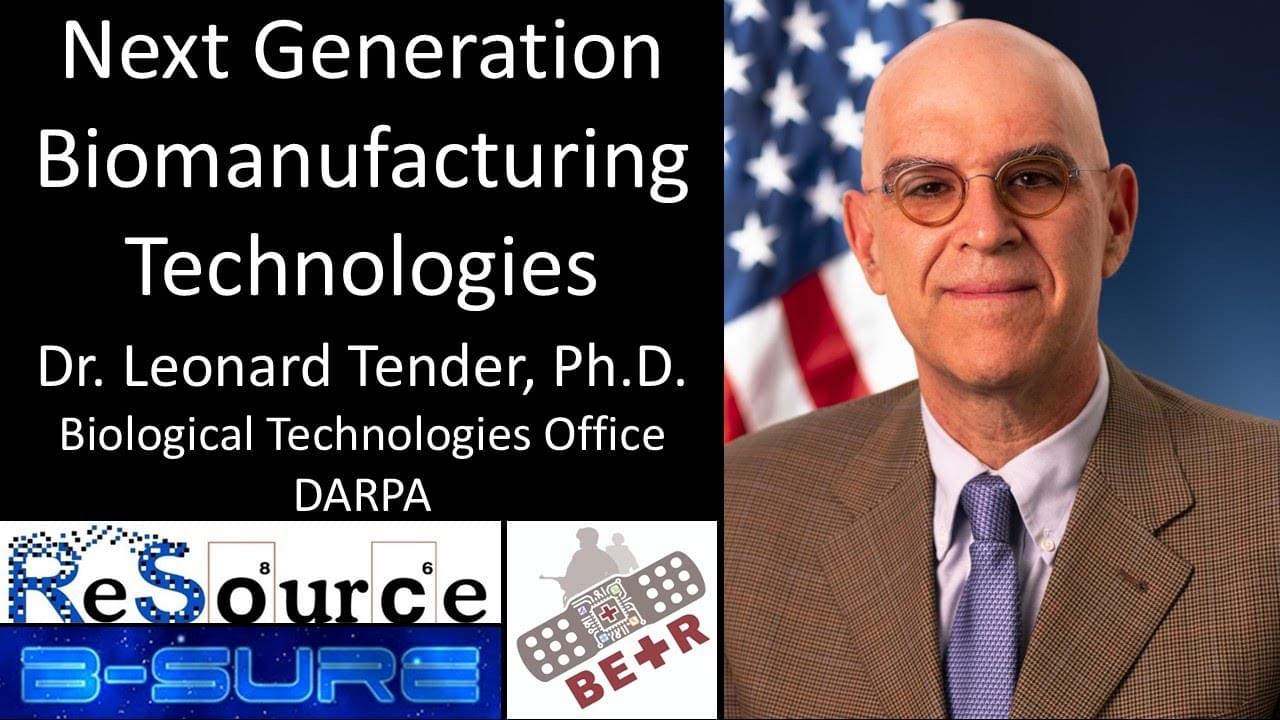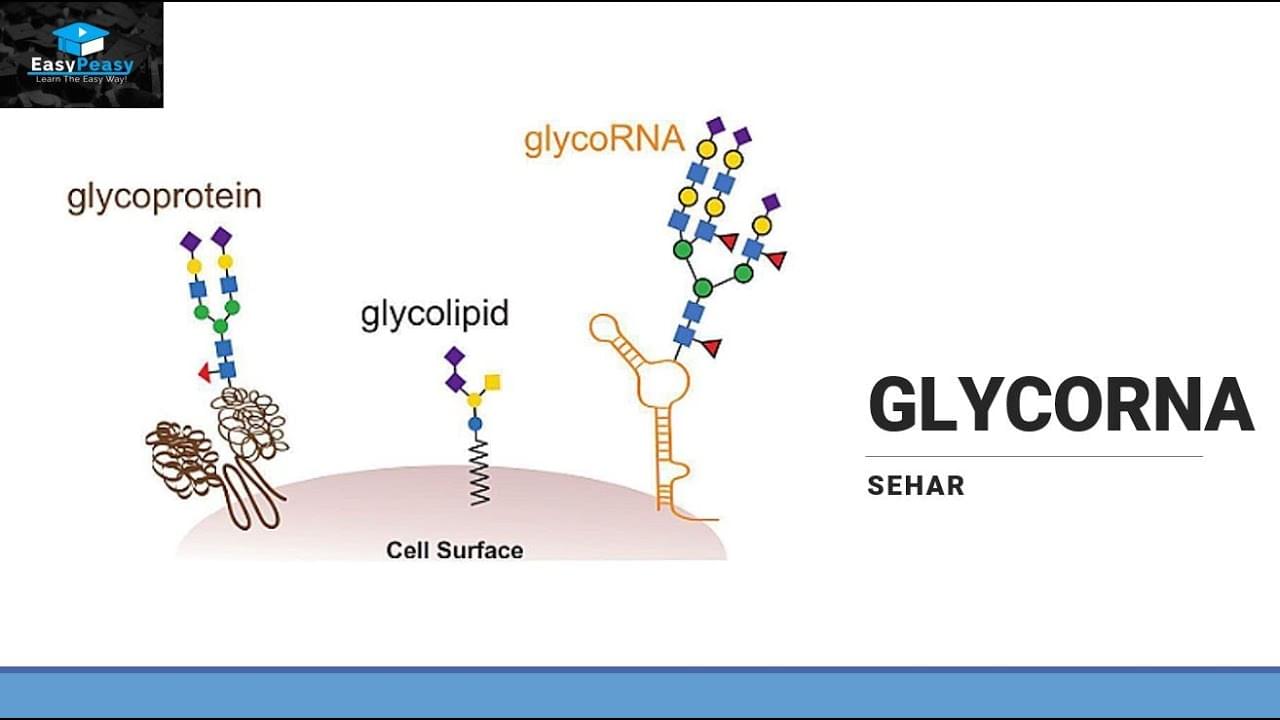Oct 17, 2024
Time: Yes, it’s a dimension, but no, it’s not like space
Posted by Dan Kummer in category: space
The fabric of spacetime is four-dimensional, with three for space and only one for time. But wow, time sure is different from space!
The fabric of spacetime is four-dimensional, with three for space and only one for time. But wow, time sure is different from space!

ORNL’s breakthrough boosts 3D-printed turbine blades, reducing carbon emissions.
Researchers have made significant efforts to enable additively manufactured turbine blades to better handle extreme temperatures. They have developed and 3D printed the lightest crack-free alloy capable of operating without melting at temperatures above 2,400 degrees Fahrenheit.
Continue reading “US develops lightest crack-free alloy that can withstand 2,400°F heat” »

Enjoy the videos and music you love, upload original content, and share it all with friends, family, and the world on YouTube.
Our very own Milky Way could host a huge bridge in space-time. At least, that’s what the authors of a recent study have suggested. According to the group, teamwork between Indian, Italian, North American scientists and scientists from other countries at the International School for Advanced Studies (SISSA) in Italy.
The central disk of Milky Way may host the necessary dark matter to support the formation and nourishment of a “stable and controllable” tunnel to a distant section of space-time –known as a wormhole. The group’s study was issued in the November 2014 issue of Annals of Physics. A pre-print of this research paper is also available at arxiv.org.
Wormholes (also known as Einstein-Rosen Bridge) were first theorized by Albert Einstein and Nathan Rosen in 1935. Albert Einstein and Nathan Rosen suggested their idea as a way to get around the notion of black hole singularities.
Twesh Upadhyaya, William F. Braasch, Jr., Gabriel T. Landi, and Nicole Yunger Halpern PRX Quantum 5, 030355 – Published 23 September 2024 https://journals.aps.org/prxquantum/abstract/10.1103/PRXQuantum.5.
As an ice cube melts in water, the heat exchange d by the two produces disorder. Imagine measuring the heat flow while the ice melts in each of many trials. From the measurement results, one can compute the disorder generated in each trial—the stochastic entropy production (SEP). The SEP is well understood in the case of two classical systems interacting; there is one widely accepted SEP definition that can be expressed equivalently via three formulas. But the situation is far murkier for quantum analogues, such as two atoms exchanging components of spin.
Generalizing the three SEP formulas to accommodate quantum systems, we prove that quantum effects render the three SEP formulas inequivalent. Each formula reasonably quantifies entropy production and highlights a different aspect of the underlying physics. The inequivalence of the formulas stems from the inability to simultaneously measure the exchange d quantities of the quantum systems, i.e., the uncertainty principle. This quantumness leads to negative and even nonreal entropy production. Though unusual, these entropy values herald notable physical phenomena. A negative entropy production signals superposition in the thermal initial states of the quantum systems. An imaginary entropy production witnesses contextuality, a precise notion of nonclassicality.

Next Generation Biomanufacturing Technologies — Dr. Leonard Tender, Ph.D. — Biological Technologies Office, Defense Advanced Research Projects Agency — DARPA
Dr. Leonard Tender, Ph.D. is a Program Manager in the Biological Technologies Office at DARPA (https://www.darpa.mil/staff/dr-leonar…) where his research interests include developing new methods for user-defined control of biological processes, and climate and supply chain resilience.

To access the video, kindly visit.
Dive into the fascinating world of GlycoRNA in this insightful video! GlycoRNA, a newly emerging field at the intersection of glycobiology and RNA research, explores how glycan modifications on RNA molecules can influence gene expression and cellular function. Join us as we break down the basics of glycoRNA, its role in health and disease, and its potential applications in medicine and biotechnology.
References: https://zfangcs.wordpress.com/2021/06…
https://answers.childrenshospital.org…
Thank You For Watching.
Please Like And Subscribe to Our Channel: / easypeasylearning.
Like Our Facebook Page: / learningeasypeasy.
Join Our Facebook Group: / 460057834950033
Support Our Channel: / supereasypeasy.
Are we alone in the universe? Are there other technological civilizations out there and how can we find them? This is what a recent preprint submitted to The Astronomical Journal hopes to address as a team of researchers led by Penn State University investigated new methods for detecting radio signals from extraterrestrial technological civilizations (ETIs). This study holds the potential to help researchers better understand and develop more efficient methods for detecting radio signals from ETIs and how we can continue to improve these methods.
For the study, instead of attempting to detect radio signals directed at Earth from an ETI, the researchers focused on radio signals that could potentially be traveling between planets, known as planet-planet occultations (PPOs). The team tested this method on the TRAPPIST-1 system, which boasts seven approximate Earth-sized worlds, and at least three orbiting within its star’s habitable zone (HZ). After using computer models to estimate the number of potential PPOs that could be found within the system, the researchers used the Allen Telescope Array (ATA) to scan the TRAPPIST-1 system for 28 hours with the goal of detecting radio signals emanating from ETIs. In the end, the researchers detected no signals, but this study opens the door for better understanding how to develop and improve methods for detecting ETI radio signals.
“This research shows that we are getting closer to technology and methods that could detect radio signals similar to the ones we send into space,” said Nick Tusay, who is a PhD student in the Department of Astronomy and Astrophysics at Penn State and lead author of the study. “Most searches assume a powerful signal, like a beacon intended to reach distant planets, because our receivers have a sensitivity limit to a minimum transmitter power beyond anything we unintentionally send out. But, with better equipment, like the upcoming Square Kilometer Array, we might soon be able to detect signals from an alien civilization communicating with its spacecraft.”
“One option could be to have astronauts use this simulation to prepare for upcoming lunar exploration missions,” said Joe Louca.
How will future missions to the Moon help extract valuable resources that can be used for scientific research or lunar settlement infrastructure? This is what a recent study being presented this week at the IROS 2024 (IEEE/RSJ International Conference on Intelligent Robots and Systems) hopes to address as a team of researchers from the University of Bristol investigated how a combination of virtual simulations and robotic commands could help enhance teleoperated robotic exploration on the lunar surface on future missions.
For the study, the researchers used a method called model-mediated teleoperation (MMT) to create simulated regolith and send commands to a robot that carried out the task. In the end, the researchers found effectiveness and trustworthiness of the simulated regolith to the robot conducting the tasks was 100 percent and 92.5 percent, respectively. The reason teleoperated robots are essential is due to the time lag between the Earth and the Moon and extracting resources from the lunar surface, known as in-situ resource utilization (ISRU), is also being deemed an essential task at developing lunar infrastructure for future astronauts.
Continue reading “The Future of Lunar Resource Extraction: Teleoperation and Simulation” »
AI-powered misinformation detectors—artificial intelligence tools that identify false or inaccurate online content—have emerged as a potential intervention for helping internet users understand the veracity of the content they view. However, the algorithms used to create these detectors are experimental and largely untested at the scale necessary to be effective on a social media platform.
